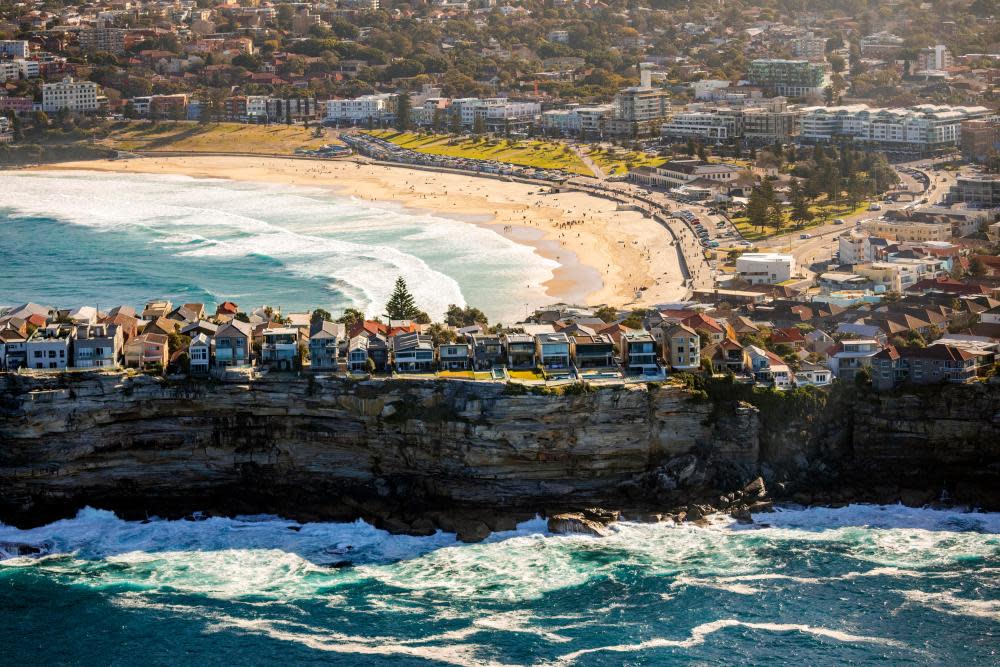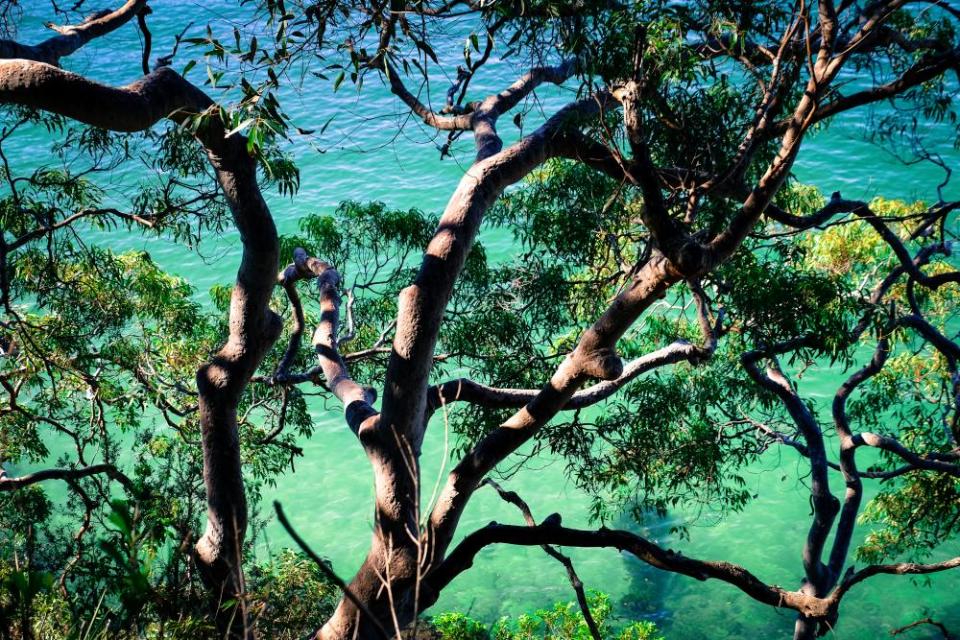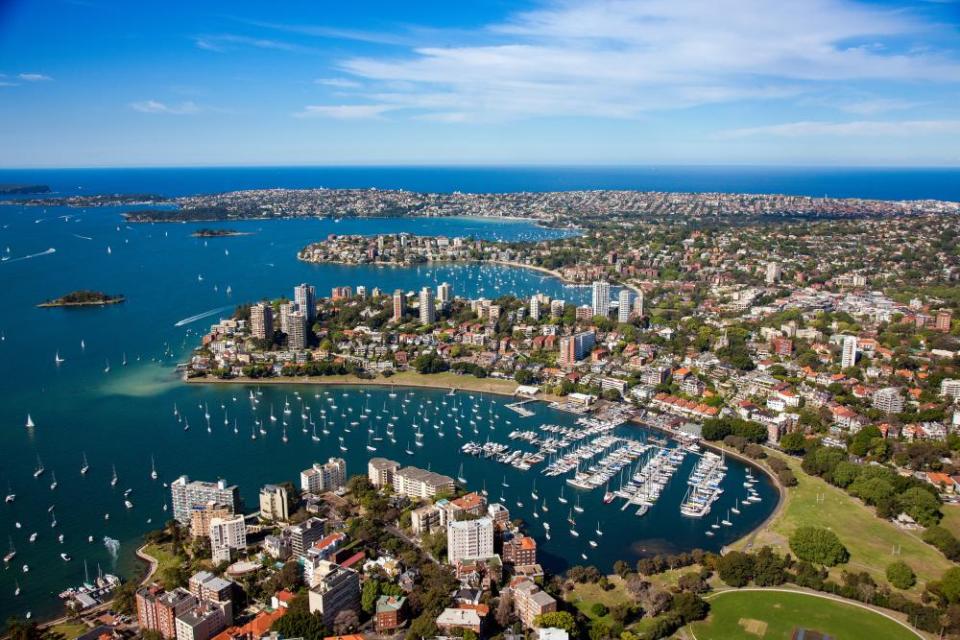Foresight on the foreshore: Sydney’s Bondi to Manly walk

It was during the 2007 election campaign and into the Rudd years that defence minister John Faulkner and Rudd senior staffer Lachlan Harris began walking together.
“I got into walking when I was going really, really hard at the PM’s office,” says Harris. “You don’t have the luxury of turning off your phone and going to the gym for an hour – so we just wove walking into the day.”
“I’d like a dollar for every time we walked around Lake Burley Griffin,” says his then-colleague Faulkner.
During their strolls they talked about the other great walks they had done. Harris was fond of walks in urban centres where remnants of wilderness still remained, while Faulkner had walked many of the world’s most famous trails.
“We agreed that one of the great walks of the world was around Sydney Harbour,” says Faulkner.
“Everywhere John and I went – all around the world – we’d take an opportunity to do a walk,” says Harris. “We were in Sydney frequently, obviously, because Kevin [Rudd] would be staying up here at Kirribilli House – so we got a chance to walk around Sydney a lot. As we walked, it became obvious to us, just as an act of imagination, to link all the great harbour walks together.”
A germ of an idea, born 13 years ago, was to connect two of Australia’s most famous beaches and the world’s most famous harbour into an 81km walking track.

The infrastructure was there, with paths, benches and stairs, but the paths didn’t always connect. There wasn’t signage and you had to be in the know about when and where to access certain parts of the track.
The pair left politics, but the idea of a great Sydney walking trail took off. Over the intervening years they formed a not-for-profit organisation and met with traditional owners, city councils, landholders and state government departments and started the processes of connecting the paths together, creating signage and an app to help walkers navigate the tracks.
Such was the goodwill around the project, cooperation occurred among the many, varied stakeholders – and thousands of volunteers, came onboard to assist in making the walk a reality.
The Bondi to Manly walk officially opened in December 2019.

The main change that occurred with the launch of the walk was that the track became signposted in a yellow and black design with the humpback whale, or buriburi, chosen with local Indigenous land councils for its significance to the area.
In a way the resurrection of the track harks back to the past.
Related: Bondi-to-Manly interactive: experience Sydney’s spectacular harbour walk
“I think more people used to use public land … around the harbour,” says Harris. “In the harbourside suburbs we’ve privatised a lot of the recreational activity in our backyard with things like swimming pools. But there’s evidence that because people were living in smaller homes in the surrounding suburbs, they used public land more. Covid has seen a renaissance of this and usage of the public paths has gone through the roof.”
Walking with Harris on a section of the track around Vaucluse (the Hermitage Foreshore walk) one sunny day in lockdown, the biodiversity of the environment is immediately apparent; as are the picturesque coves, ideal for swimming.
“Right now we could be walking in the middle of a jungle in South America or something,” says Harris. “We’ve taken our greatest national park and we’ve shoved our biggest city into the same basin and they are living together. Sometimes it feels as if these things are in opposition but the walk harmonises these forces. They coexist and intermingle together. We forget this is a major city in the midst of a national park.”
With closed international borders, the international tourists that may have enjoyed the walk are missing – but there are a lot of locals hitting the track.
“We thought we would take a massive hit because of lockdown, but looking at the stats from the app, people who are living in Sydney, who are constrained within 10km, are taking the opportunity to do things like walking,” says Faulkner.
Harris sees the walk as an opportunity for Sydney people to reclaim use of public land.
“The thing about lockdowns is they make you realise how much of your time is spent in private spaces like yoga studios, the gyms, bars, cafes. The downloads for the walking app for the Bondi to Manly walk go through the roof in lockdowns.”
Faulkner recommends that when restrictions lift, serious walkers do 20km a day of the track – and do the walk in four parts. But the walk’s app also has other suggestions for longer and shorter treks.
“For most keen walkers it’s a strenuous but incredibly interesting and rewarding four-day walk,” says Faulkner. “There’s so many heritage sites along the way.” The walk also includes Indigenous carvings and engravings.
Harris hopes the public’s enthusiasm for walking will continue after the worst of the pandemic has passed.
“I would consider myself someone who takes a great amount of joy from walking – I like the person I am most when I am walking. I think clearer, feel happier, laugh more,” he says.
“It’s crazy that it took a pandemic to make us fall in love with walking again.”


